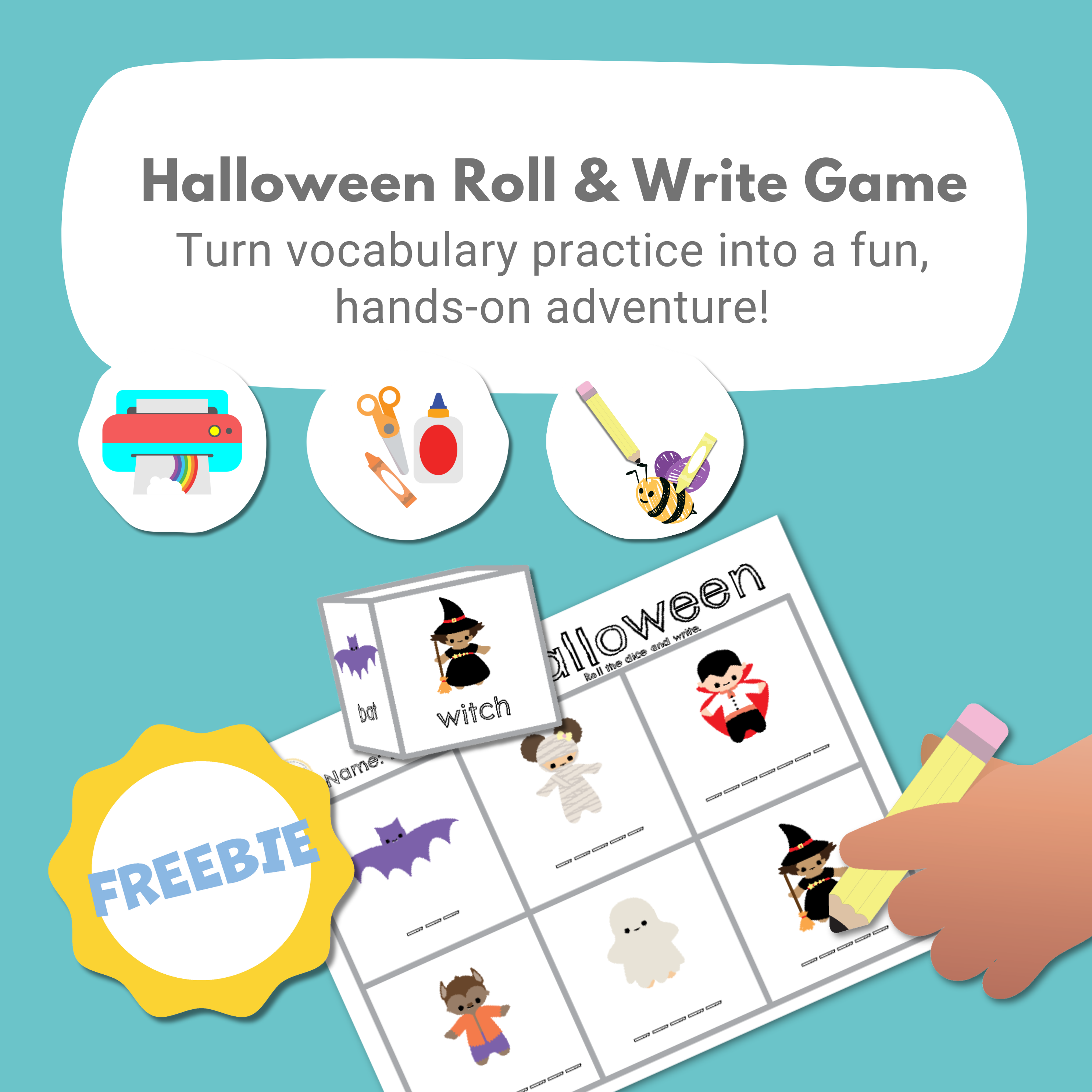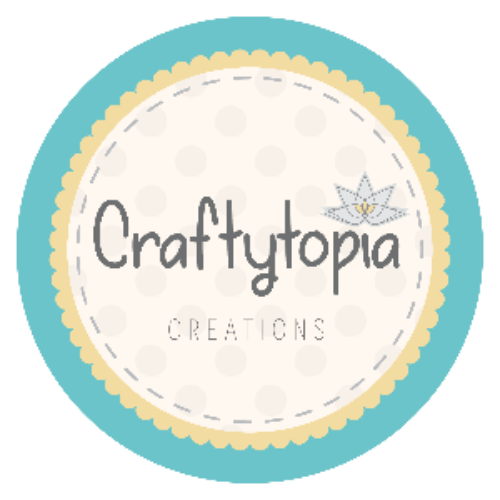🎃 Printable Halloween Roll & Write Game | A Fun Literacy Center Activity 👻

Looking for an engaging, hands-on activity to add to your literacy or writing centers this October? The Printable Halloween Character Roll & Write Game is the perfect addition to your classroom routine! This seasonal activity is designed to build vocabulary, support writing development, and add a playful, interactive twist to word practice. Students will love rolling the cube, reading Halloween-themed words, and writing them on their checklists — all while strengthening word recognition, spelling, and handwriting skills. The simple act of rolling a cube transforms vocabulary practice into an exciting, game-like experience that keeps students focused and motivated. It’s an ideal way to combine literacy learning with fine motor skills, creativity, and festive fun during your center rotations
🏗️ Setting Up the Activity
Preparation is simple, and you can adjust the level of support based on your students’ age and skill level. Start by printing the cube templates and checklists, and gather pencils, crayons, and markers. Place all materials in a labeled bin or tray for easy access. Before center time begins, model how to cut, fold, and glue the cube — most students will need a little help the first time they assemble one, but the effort is well worth it for the hands-on learning that follows. Once built, students can work independently, with partners, or in small groups to roll, read, and write the words on their checklists.
Choose the version that best fits your instructional goals and student needs:
Color Cube:
Quick and easy to prep-perfect for practicing vocabulary
recognition and spelling without extra steps. Black & White Cube:
Black & White Cube:
Adds a coloring component that builds fine motor
skills and allows students to personalize their cubes.
Draw-Your-Own Template: Encourages creativity and deeper vocabulary
engagement as students design and label their own Halloween characters.
Why is Using the Dice a Great Multi-Sensory Learning Activity?
Incorporating the rolling of the dice adds an interactive, game-like element that keeps kids engaged while reinforcing their reading skills. The act of rolling creates excitement and anticipation, turning word practice into a fun challenge rather than a routine task. Each roll provides an opportunity for repeated exposure to the vocabulary, which helps build fluency and word recognition through repetition in a playful context. It also supports focus and motivation, as students stay eager to see which word will come up next. By blending movement, chance, and literacy, rolling the dice makes reading more memorable and enjoyable, helping students strengthen their skills without it feeling like extra work.
Use the Dice as Review Practice
Another great way to extend this activity beyond the classroom is by having students take their completed cubes home for continued practice. Once the cubes are assembled, they become a fun, hands-on tool for reinforcing vocabulary without the need for writing. Students can roll the cube and say the Halloween character aloud each time it lands on a new side, which strengthens word recognition, pronunciation, and oral language skills through repetition. This simple activity is perfect for at-home review with family members, encouraging students to read words aloud in a playful context. It’s also an excellent option for English language learners, as hearing and speaking the vocabulary builds confidence and supports language development. Plus, the familiar game-like format makes practice feel like play — even outside of school.
Students Create Their Own Games
For an exciting extension activity, invite students to use their completed cubes to design their own games. Once they understand how the Roll & Write game works, they can brainstorm new ways to use the dice to practice vocabulary or even create simple games. For example, students might roll the cube and act out the Halloween character they land on, or two students can compete against each other to say the character name faster. Others might create a point system or add movement challenges to make it more active. By encouraging them to invent their own games, you’re giving students a chance to apply what they’ve learned in creative ways, deepen their understanding of vocabulary, and practice higher-order thinking skills like planning and problem-solving — all while taking ownership of their learning.

Use the Dice for Writing
Teachers can easily extend this activity into a meaningful writing lesson by using the dice for sentence and paragraph writing. After students roll the cube and read the word aloud, they can use that Halloween character in a complete sentence, practicing proper sentence structure, capitalization, and punctuation. For a more advanced challenge, have students roll the cube multiple times and include all the characters they land on in a short story or descriptive paragraph. This not only reinforces vocabulary but also strengthens creative writing, sequencing, and storytelling skills. By connecting the dice activity to writing, teachers help students move from word recognition to
sentence construction and narrative development, making the learning
experience deeper and more comprehensive.
Whole Group or Small Group
Teachers can also incorporate the dice into whole-group or small-group lessons to build oral language and sentence development skills. During a shared activity, invite a student to roll the cube and read the Halloween character that appears. Then, guide the class in creating a complete sentence aloud using that word. This can be done as a collaborative activity, with students taking turns adding details to build more complex sentences, or as an individual turn-taking exercise to give each student practice forming their own sentence. For English language learners, this verbal practice is especially valuable, as it helps them develop vocabulary, grammar, and speaking confidence in a supportive setting. By turning vocabulary into spoken sentences, students strengthen their oral language skills while making meaningful connections to the words they’re learning.
How Dice Game Helps Kids with Peer Interactions
Using the dice in classroom activities naturally supports socialization by encouraging students to interact, communicate, and collaborate with one another. Whether they’re taking turns rolling, reading words aloud, or creating sentences together, students practice important social skills like listening, speaking, sharing, and waiting patiently. The playful, game-like format lowers anxiety and creates a relaxed environment where children feel more comfortable engaging with peers. Working with partners or small groups also helps them build confidence in expressing ideas, asking questions, and responding to others — all essential skills for classroom participation and beyond. By weaving social interaction into literacy practice, the dice activity helps students strengthen both their academic and social-emotional development at the same time.

The Printable Halloween Character Roll & Write Game is so much more than just a seasonal classroom activity — it’s a versatile and impactful tool that blends literacy, language, social skills, and creativity into one exciting learning experience. What makes this resource truly powerful is how many ways it can be used to support students’ growth across multiple areas while still feeling like play. The simple act of rolling a cube adds movement, choice, and anticipation to word practice, turning vocabulary review into a game that students look forward to. Each roll reinforces word recognition, character recognition, and pronunciation as children read the word aloud, and the repeated exposure helps those skills stick. It also encourages active engagement, as students stay focused and motivated to see which character appears next. Beyond vocabulary, the dice easily transitions into writing practice by having students use the word in a complete sentence or incorporate multiple rolled characters into a story or paragraph. This shift from recognition to application helps strengthen sentence structure, grammar, and creative writing skills while deepening their understanding of vocabulary in context.
Teachers can adapt the activity for different instructional settings too — whether it’s a literacy center, small-group lesson, or whole-class mini lesson, the dice works for independent practice or collaborative work. Using it in small or whole groups to create sentences aloud is especially valuable for building oral language skills and speaking confidence, particularly for English language learners. Students learn to listen carefully, brainstorm ideas, and express ideas, all while practicing new vocabulary in meaningful ways. The activity also nurtures social-emotional growth by encouraging interaction, turn-taking, cooperation, and respectful communication. As students roll, read, and respond together, they build active listening skills, learn teamwork, and strengthen their ability to collaborate — essential skills that extend far beyond the classroom. Fine motor development is supported, too, as students cut, fold, and assemble their cubes, and the creative options — such as drawing their own characters or inventing new games.
Plus, the learning doesn’t stop when the school day ends. Students can take their cubes home and continue practicing by rolling and saying the words aloud with family members, reinforcing vocabulary and building confidence in a fun, low-pressure way. Teachers can also extend the activity even further by challenging students to design their own games with the dice, integrating storytelling, acting, or even physical movement for a cross-curricular experience. This flexibility means the activity can be tailored to different grade levels, learning goals, and classroom needs, making it a resource you can return to year after year. Ultimately, the Halloween Character Roll & Write Game transforms traditional literacy practice into an engaging, hands-on adventure that students love. It combines the joy of play with meaningful skill-building, supporting reading, writing, speaking, socialization, fine motor skills, and creativity all at once. By weaving learning into a festive, interactive format, this activity helps students connect with language in ways that are memorable, motivating, and fun — making it a must-have addition to your October classroom rotation and a resource that continues to engage kids long after the last roll of the dice.

Leave a comment